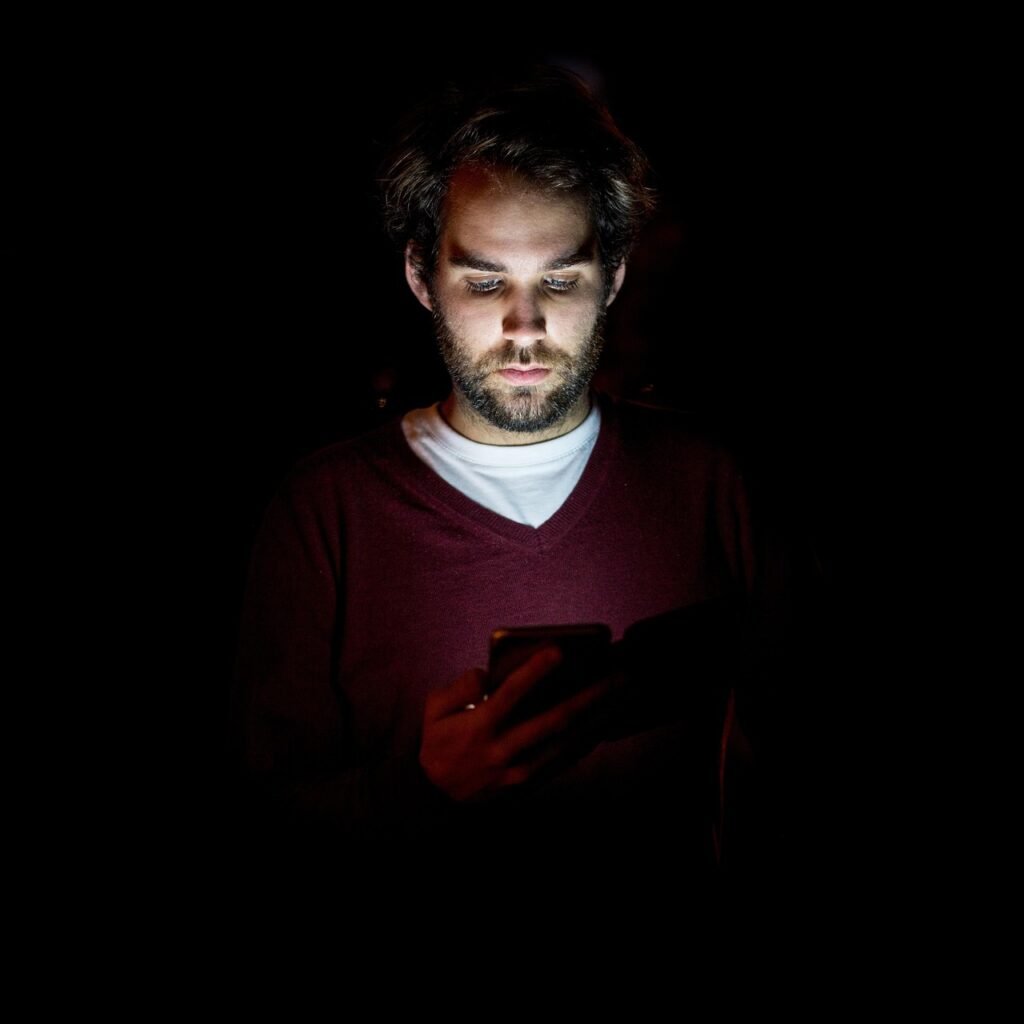
There’s a pandemic/epidemic silently creeping into every household, classroom, office, and bedroom. No, it’s not another virus—it’s screen time. The glowing rectangles in our hands and homes have become indispensable, but at what cost?
This isn’t just about social media addiction or heavy-watching. This is about a full-blown global crisis affecting brain health, sleep, childhood development, productivity, and even mental stability.
Let’s dig into the data, symptoms, consequences, and most importantly—how to fight back.
The World Is Hooked: How Much Time Are We Spending?
Screens are no longer tools—they’re lifestyle dictators.
Here’s what the numbers say:
| Region | Average Daily Screen Time | Primary Screen Use |
|---|---|---|
| United States | 7+ hours | Social Media, Streaming, Work |
| India | 6.5 hours | Video Streaming, Messaging |
| UK | 6.3 hours | Browsing, Work, TV |
| Brazil | 9+ hours | YouTube, WhatsApp, Gaming |
Source: DataReportal 2024, Statista, GlobalWebIndex
Is It Really That Bad?
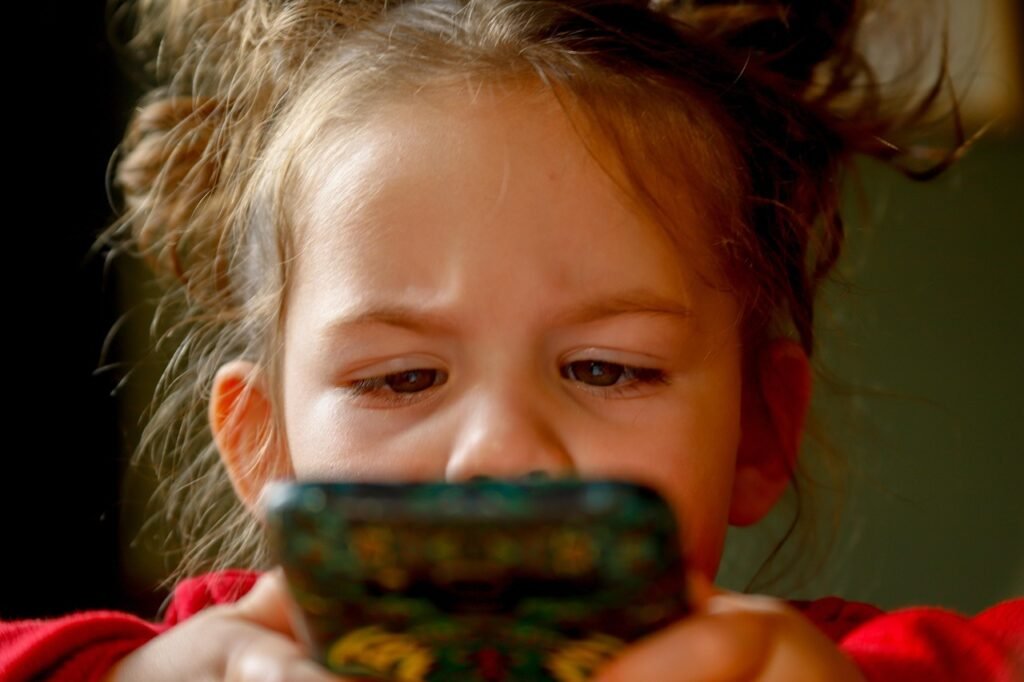
Yes—and worse than you think. Here’s how screen exposure is silently shaping our lives:
1. Cognitive Impact
Excessive screen use is rewiring the brain—especially in children.
“We’re seeing lower attention spans, reduced memory retention, and language delays in toddlers exposed to excessive screens,” says Dr. Dimitri Christakis, pediatric researcher at Seattle Children’s Hospital.
2. Sleep Disruption
Blue light from screens delays melatonin production, making sleep shallow and irregular. People who use screens late into the night are 2x more likely to suffer from insomnia.
3. Mental Health Deterioration
Constant dopamine hits from scrolling can cause:
- Anxiety
- Depression
- FOMO (Fear of Missing Out)
- Social comparison stress
How Children Are Most At Risk
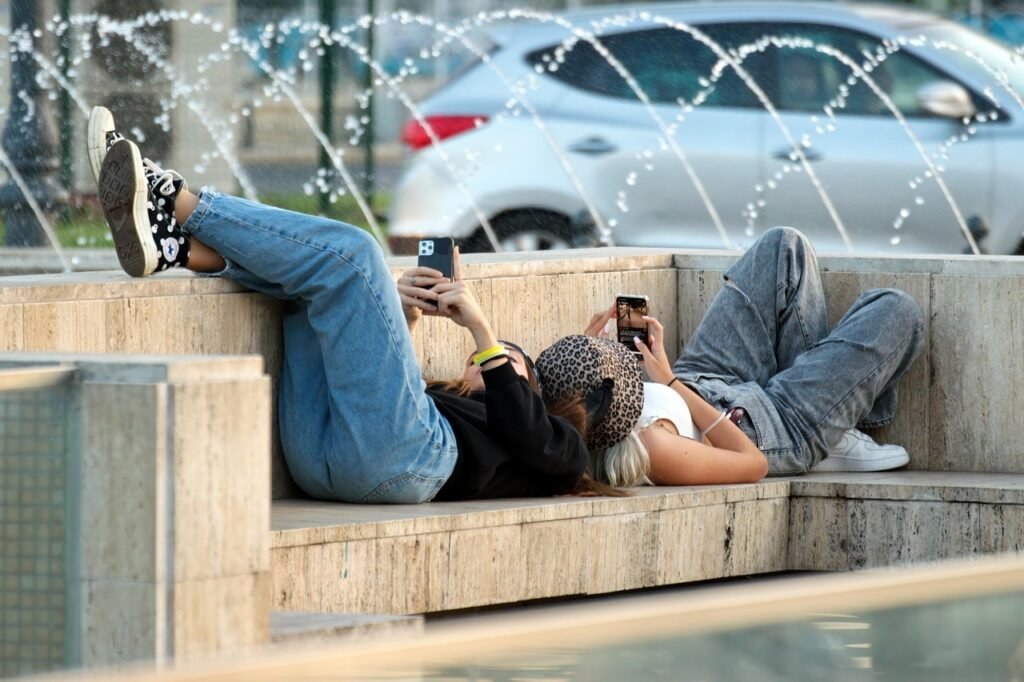
Kids today aren’t growing up with screens—they’re growing through them.
| Age Group | Recommended Screen Time (WHO) | Average Actual Screen Time |
|---|---|---|
| 0–2 years | No screen time | 1–2 hours |
| 3–5 years | 1 hour | 3–4 hours |
| 6–12 years | 2 hours | 5+ hours |
Impact: Delayed language skills, obesity, emotional dysregulation.
Digital Burnout in Adults
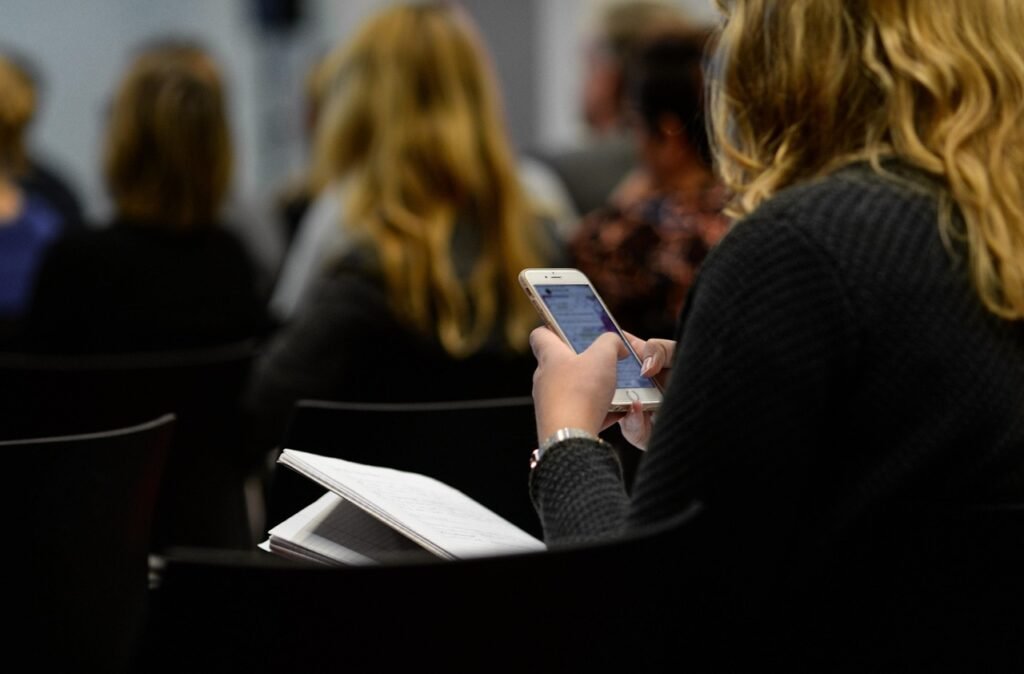
You don’t need to be a gamer or influencer to suffer screen fatigue. Even a 9–5 remote job puts you at risk.
Signs of Digital Burnout:
- Eye strain
- Fatigue without exertion
- Loss of productivity
- “Zombie scrolling”
- Tech-induced anxiety
In fact, a 2023 Gallup survey showed that 62% of remote workers report digital fatigue symptoms at least once a week.
What Can You Actually do?
You don’t need to throw away your phone. You just need to reclaim control.
Here’s a science-backed 7-step digital detox routine:
| Step | What To Do | Why It Works |
|---|---|---|
| 1 | Set screen curfews (e.g., no screens after 9PM) | Reduces blue light exposure, resets melatonin |
| 2 | Disable non-essential notifications | Lowers constant dopamine triggers |
| 3 | Use grayscale mode | Makes the phone visually dull and less addictive |
| 4 | Reintroduce analog habits (books, journaling) | Promotes cognitive recovery and mindfulness |
| 5 | Schedule screen-free zones at home | Reduces temptation and builds family connection |
| 6 | Track screen time weekly | Creates self-awareness and accountability |
| 7 | Practice digital fasting (1 day per week) | Resets dopamine and improves focus |
The Bottom Line
Screens aren’t evil. But addiction to them is. The modern screen-time epidemic isn’t just a lifestyle issue—it’s a full-spectrum health threat.
Start by asking yourself: Who’s in charge—you, or your screen?
Here’s a brilliant 5-min breakdown by neuroscientist Dr. Andrew Huberman on screen exposure and the brain:
Sources
| Source | Link |
|---|---|
| WHO Guidelines on Screen Time | View |
| Statista Global Screen Time Report | View |
| Gallup Survey 2023 on Digital Fatigue | View |
| Seattle Children’s Research Journal | View |
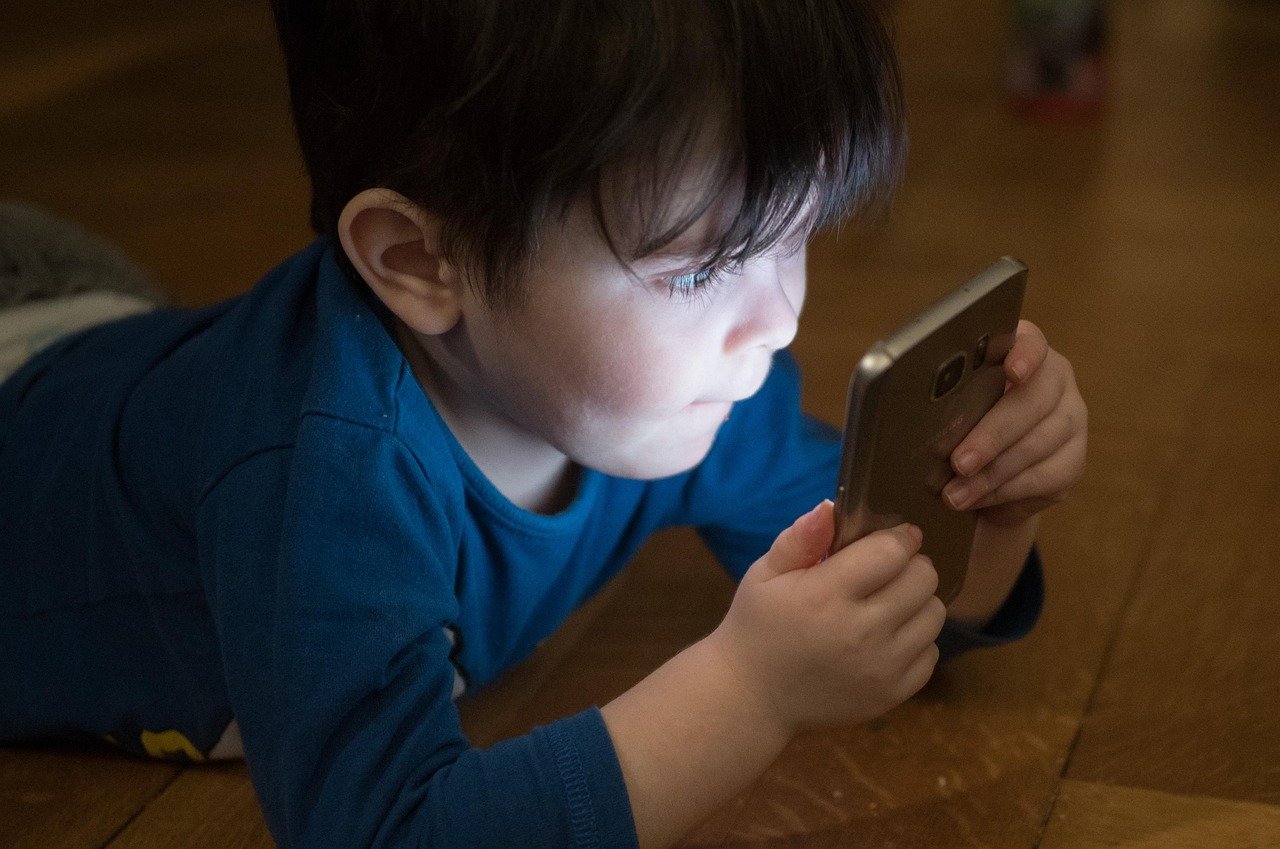
More Stories
Amazon Great Freedom Festival 2025: What to Grab and What to Skip
Flipkart Freedom Sale 2025 – It’s Live Now: Your Full Deal Breakdown
Mohammed Siraj: The Silent Storm Behind India’s Gritty Fightback